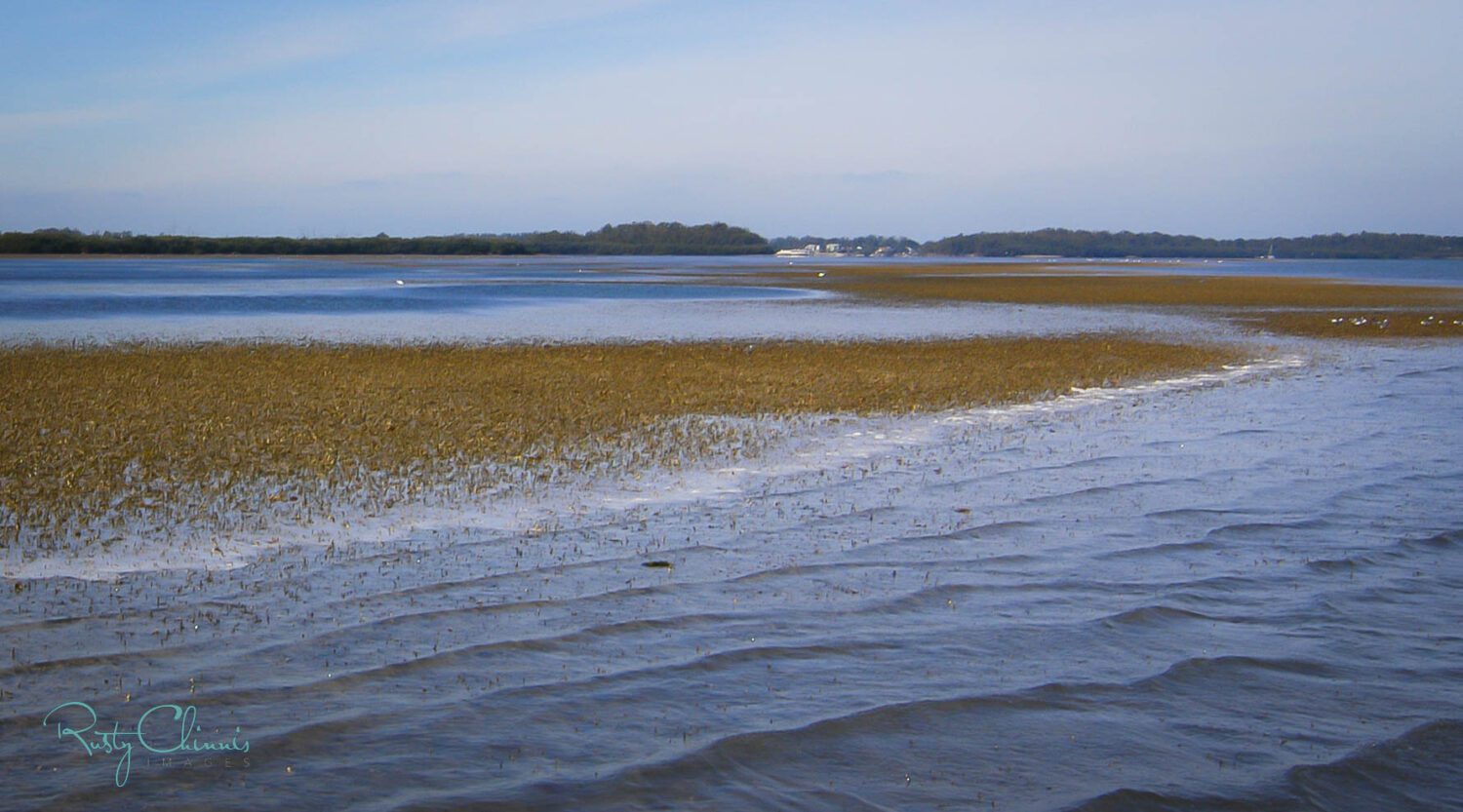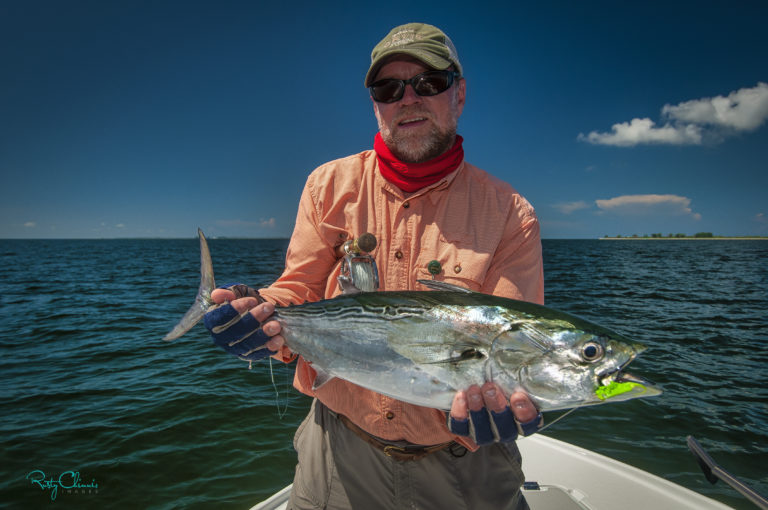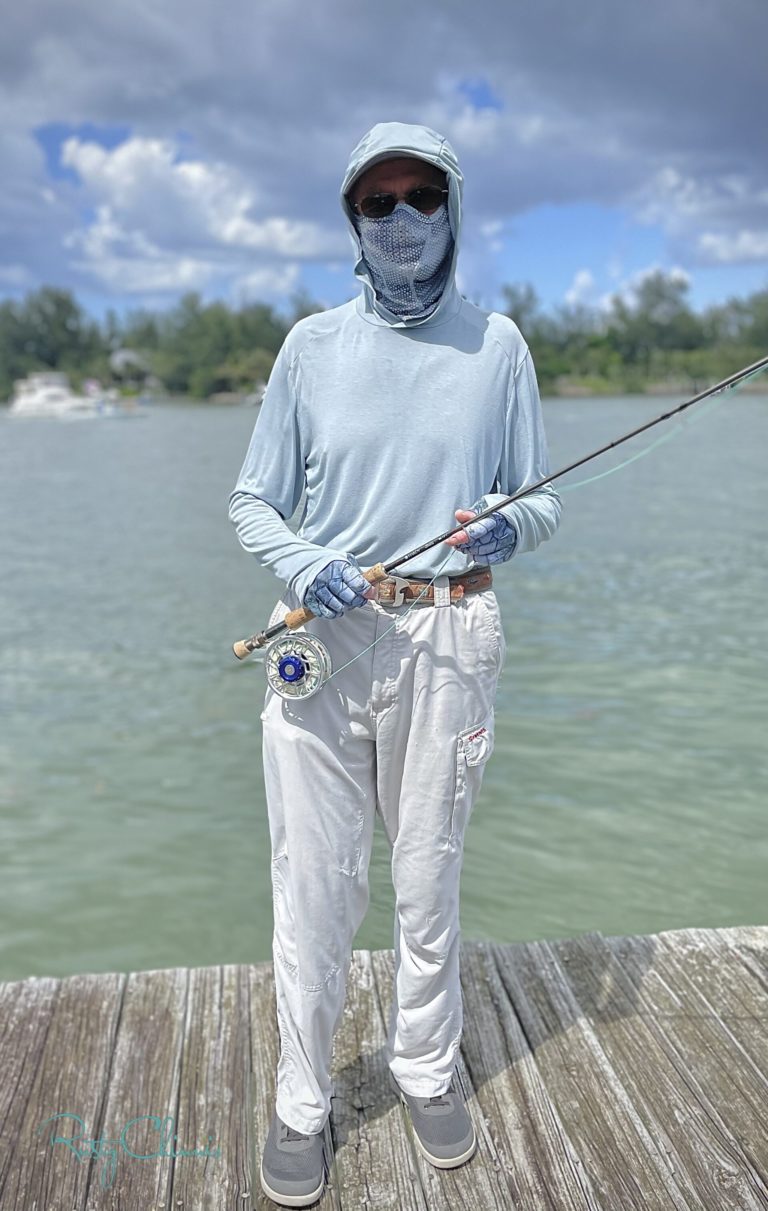I’ve written about tides before, but I’m constantly being reminded of how important understanding them is to the success of any given fishing trip. Having said that, I must admit that the more I learn about fishing and the behavior of fish, the more I realize how much I don’t know.
There’s a lot of truth to the maxim, “The best time to go fishing is whenever you can,” but understanding and tracking tidal fluctuations and the way they affect feeding fish is going to improve your odds whenever you go fishing.
Myriad factors influence the tides, but basically the gravitational pull of the Moon on the Earth and its oceans is the prime driver. This means that the oceans on opposite sides of the Earth experience high tides as the water is pulled away from the Earth. The other object in the solar system that influences tides is the Sun, which has approximately half the influence of the Moon. When the Sun and the Moon line up at the full and new Moon, their combined influence creates the greatest “pull,” creating what is known as the more extreme “Spring” tides.
Tidal ranges are strengthened further when the moon and sun are at perigee, or closest to the Earth.
When the Sun and Moon are at right angles to each other, during the Moon’s first and last quarter, they interfere with each other, and we experience weak, or “neap,” tides.
Wind is another factor that affects tides. In our area, a strong east wind can push tides lower and delay a rising tide. A hard west wind can do the opposite, pushing in a rising tide and holding up a falling one.
Experience will teach the angler how to benefit from how the myriad tidal dynamics affect fish and their feeding patterns.
I learned a valuable lesson about tides on trips to the Bahamas in search of bonefish. My first several trips were planned to coincide with a full or new Moon to take advantage of the increased feeding activity that generally takes place during these times. Instead, I found that the bonefish I was stalking would disappear into the mangroves as the tide rose, giving me a shorter window in which to pursue them along the mangrove fringes. Based on that information, I planned subsequent trips when “neap tides” slowed the progress and size of the tide, providing many more opportunities for sight fishing.
Recently, I found that there are areas (like the Florida Keys) where you can run east or west to find the tide you want, lower or higher.
Just the opposite is often true when I explore local waters. While I still fish whenever I have the opportunity, I target days of extreme high and low tides because I know they stimulate feeding and concentrate fish. Depending on the time of year and the temperature, you can use the tide to take advantage of the season. In the winter, when the waters chill down, I like to seek out locations where a late afternoon, falling tide brings warm water off the flats. The holes, sloughs and channels into which the water drains attract gamefish and can provide some excellent action.
When fishing the flats, working from deep to shallow water on the falling tide and in reverse on the rising tide is a very effective way to target fish. Very low tides (during “spring tides”) provide an excellent opportunity to scan the flats for channels, sloughs and holes on the flats where fish congregate. Anglers can return when the flats are covered with water and benefit from that awareness. Planning your day to take advantage of these variations can make a real difference in action.
No matter what species you target, you’ll have a better chance at success if you understand and track the tides. They can tell you where to concentrate your efforts and help you avoid less productive areas. Pick up a tide chart at your local tackle shop or download one of several apps to your smartphone.
Tides are no guarantee of success, but understanding them will mean you’ll have more ups than downs.



